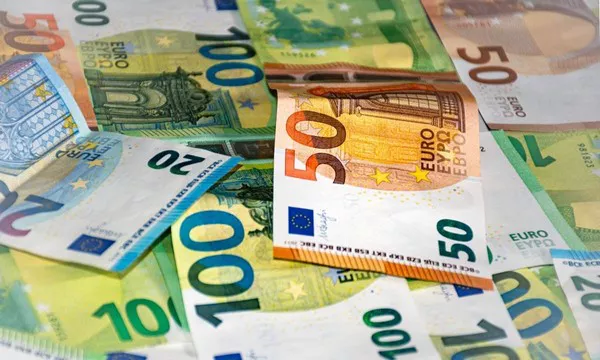The floating system means that the central bank of a country does not set the official exchange rate between its own currency and that of other countries, leaving the exchange rate to be determined spontaneously.
When the supply of foreign currency exceeds the demand, foreign currency depreciates and local currency appreciates and falls.
Instead, the exchange rate rose.
The domestic monetary authorities should carry out appropriate intervention in the foreign exchange market so that the exchange rate of the domestic currency will not fluctuate too much, so as to maintain the stability and development of the domestic economy.
The formal adoption and widespread implementation of the floating exchange rate system began after the crisis intensified further in the late 1970s.
The floating exchange rate system can be divided into free float (also known as “clean float”) and managed float (also known as “dirty float”) according to whether the country intervenes in the foreign exchange market.
The main advantage of floating exchange rate system is to prevent the impact of international floating capital and avoid the outbreak of currency crisis;
To promote the growth of international trade and the development of production;
Facilitate capital flow and so on.
The disadvantage is that it often causes fluctuations in the foreign exchange market, which is not conducive to long-term international trade and investment.
Detrimental to the stability of financial markets;
The IMF‘s monitoring of exchange rates is not effective, and the imbalance in international payments remains unresolved.
It will be worse for developing countries.
Refers to the exchange rate of one country’s currency with another country’s currency basically fixed exchange rate.
Fixed exchange rates were in place during the gold standard of the early 19th century to the 1930s, and in the dollar-centric system after World War II to the early 1970s.
A fixed exchange rate is not a completely fixed exchange rate, but it fluctuates around a relatively fixed upper and lower parity range.
For example, in the fixed exchange rate system centered on the US dollar after the Second World War, the official parity between the currencies of the member countries of the International Monetary Fund and the US dollar was equal, and each member country could only fluctuate 1% above or below the parity, and the central bank intervened.
The dollar continued to strengthen, gold hit its highest level in nearly a month, and oil rose more than 7% to reach the 100-mark.
Please pay attention to the specific operation, the market is changing rapidly, investment needs to be cautious, the operation strategy is for reference only.



























